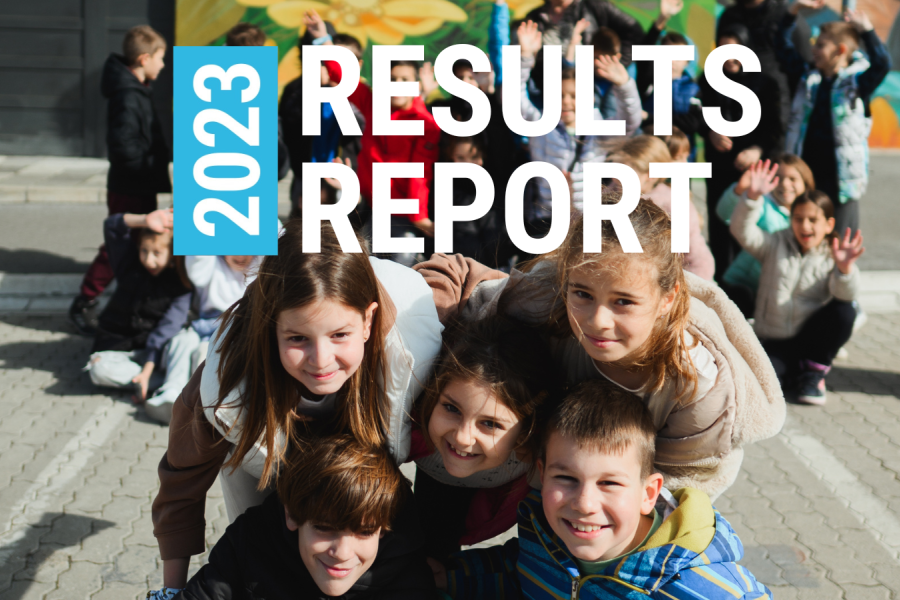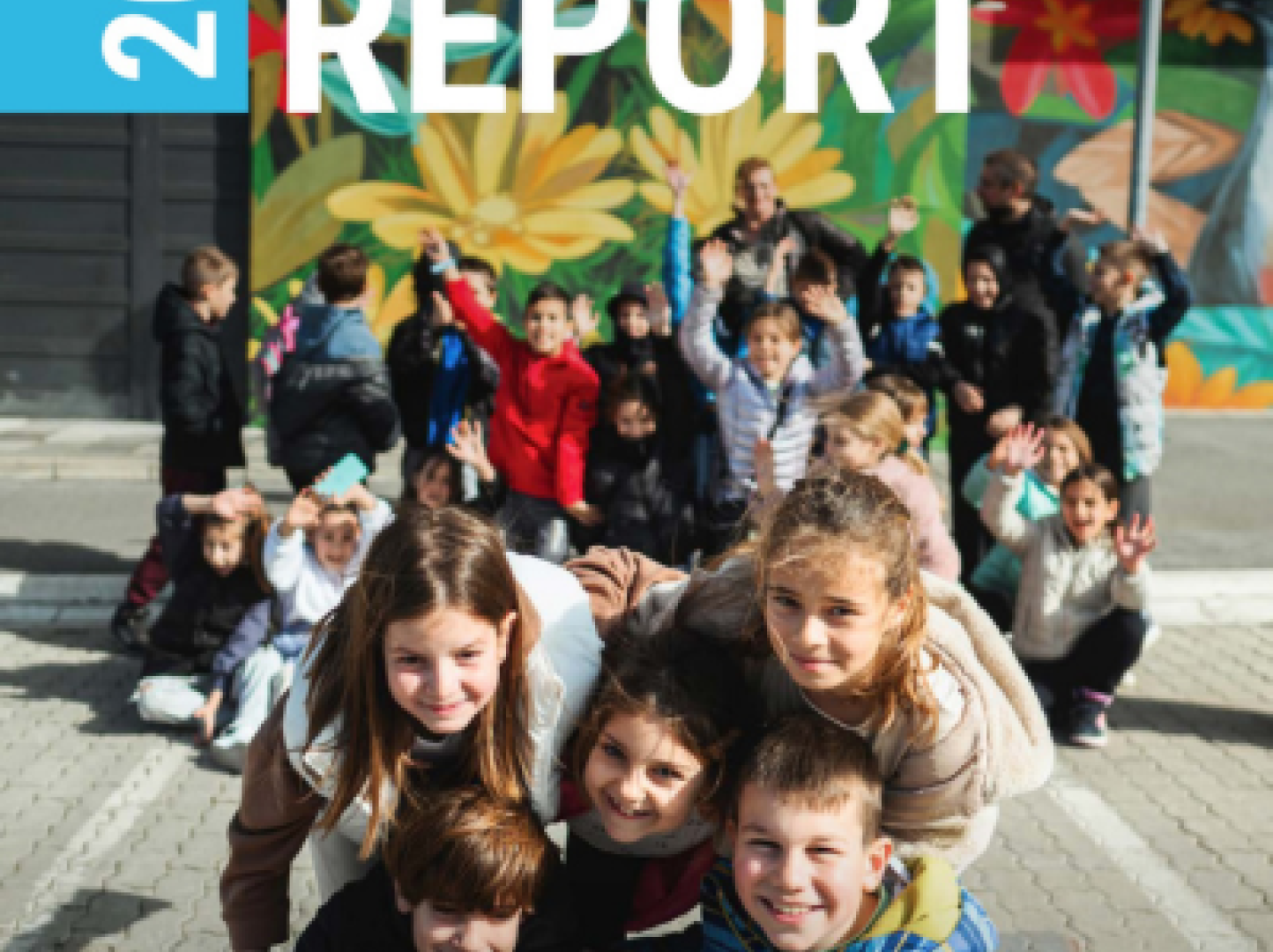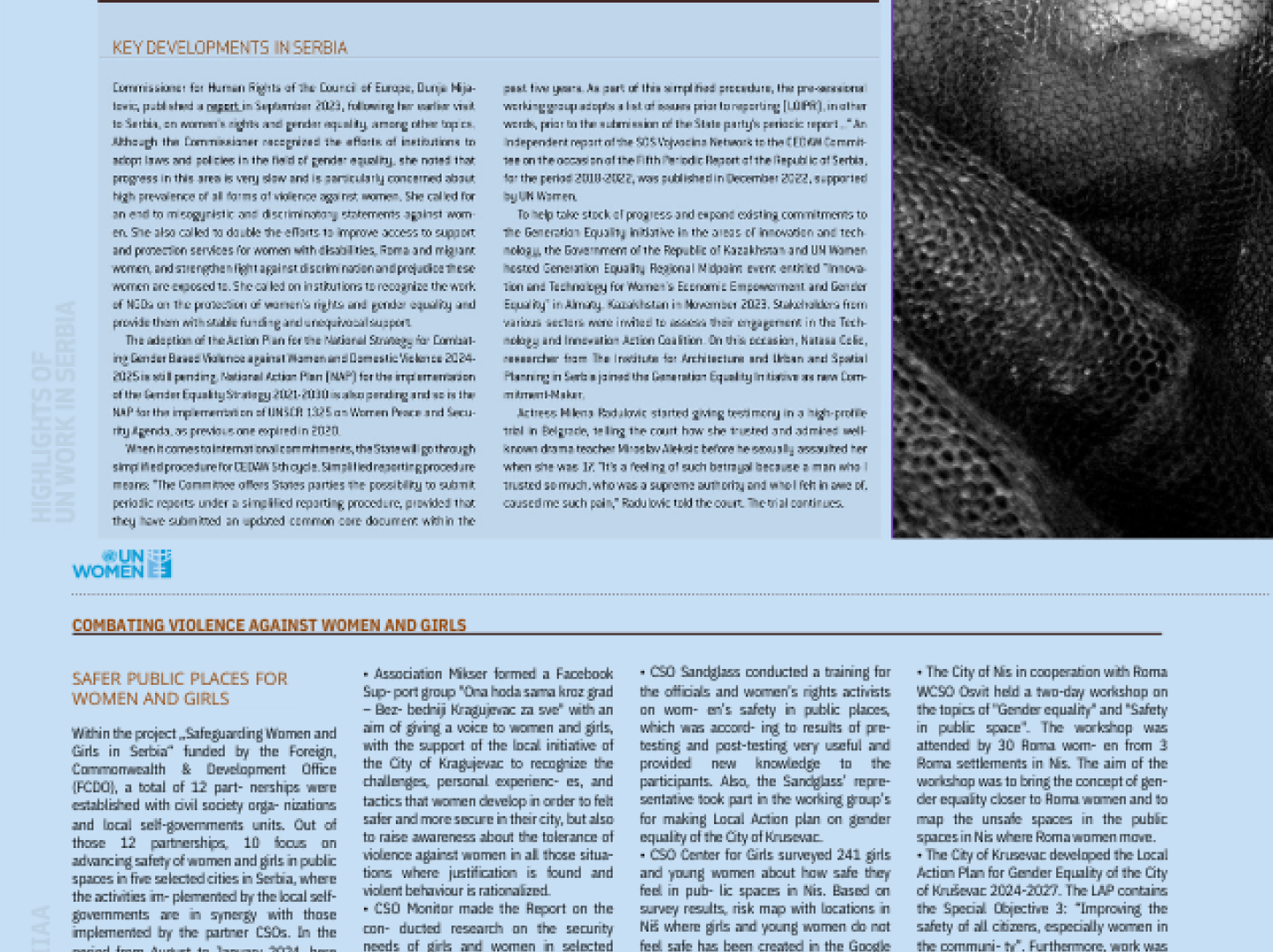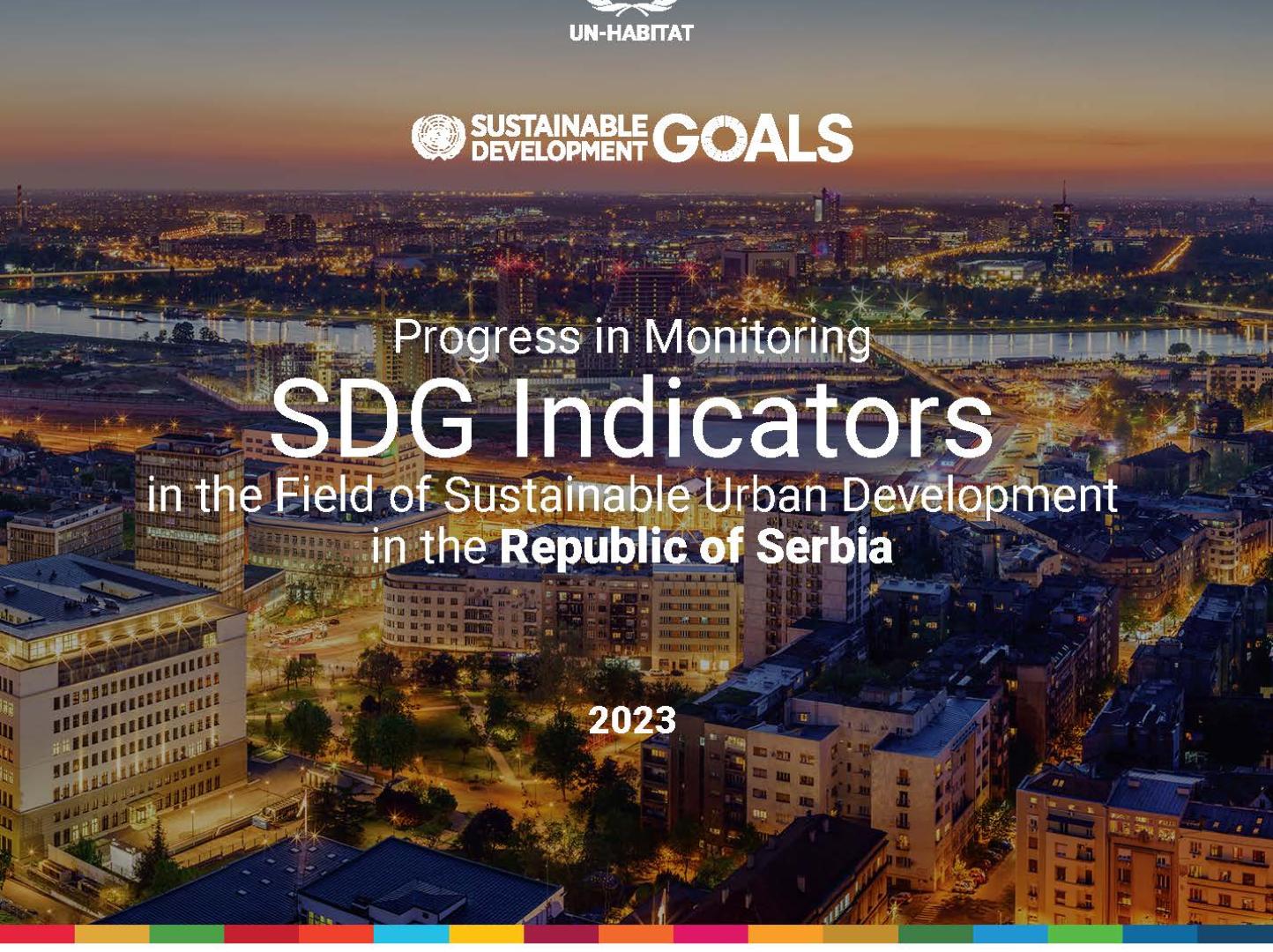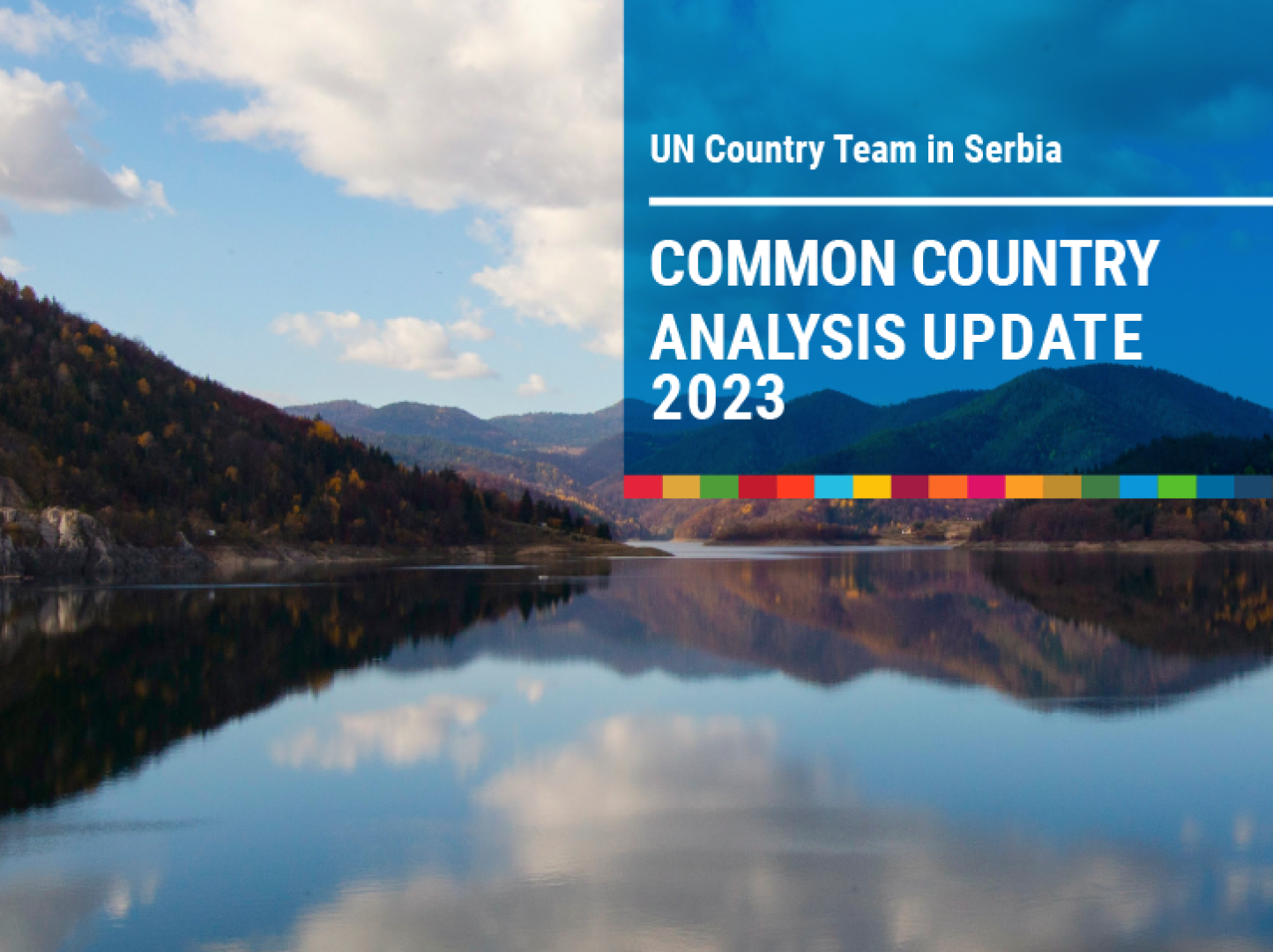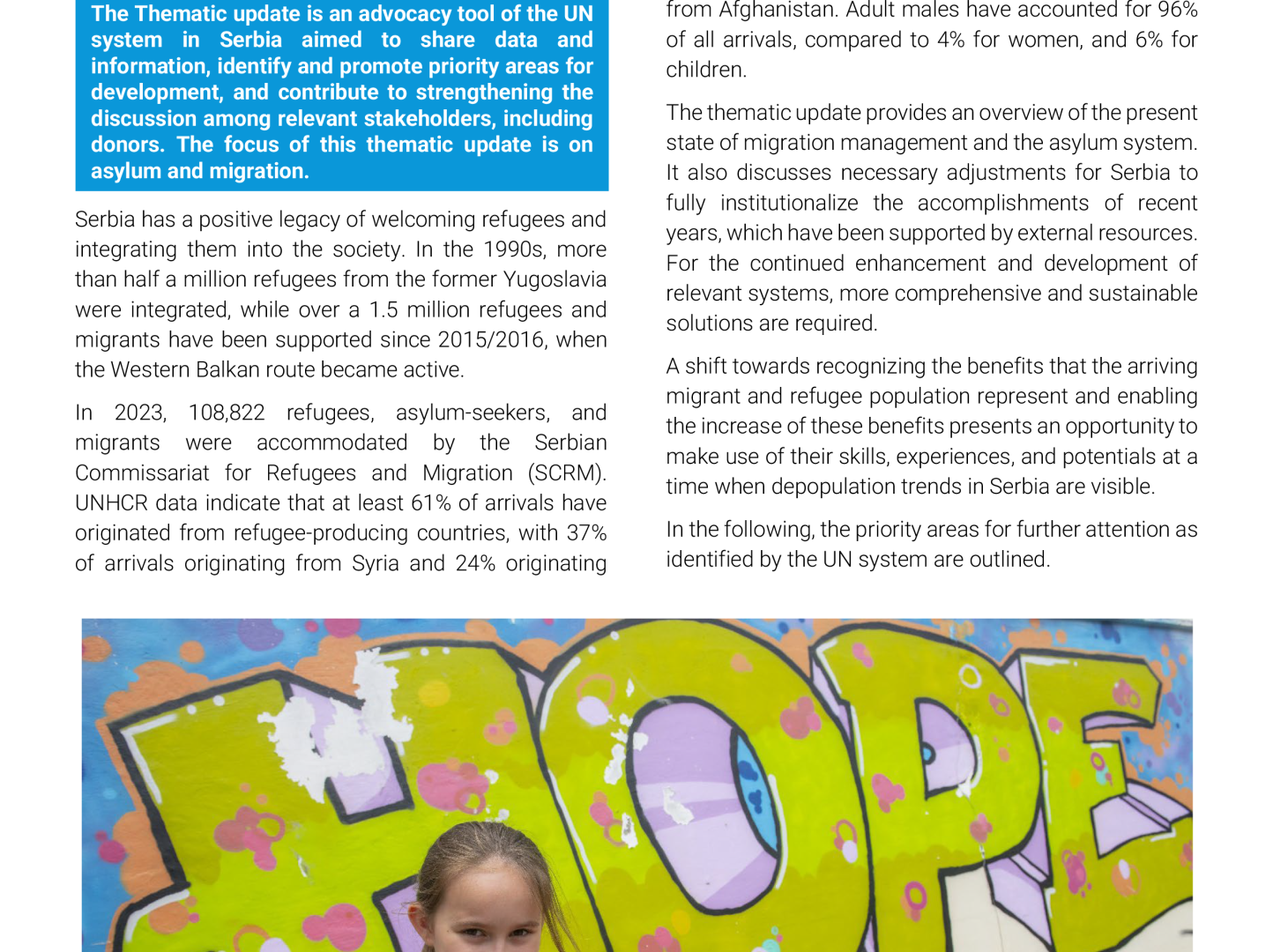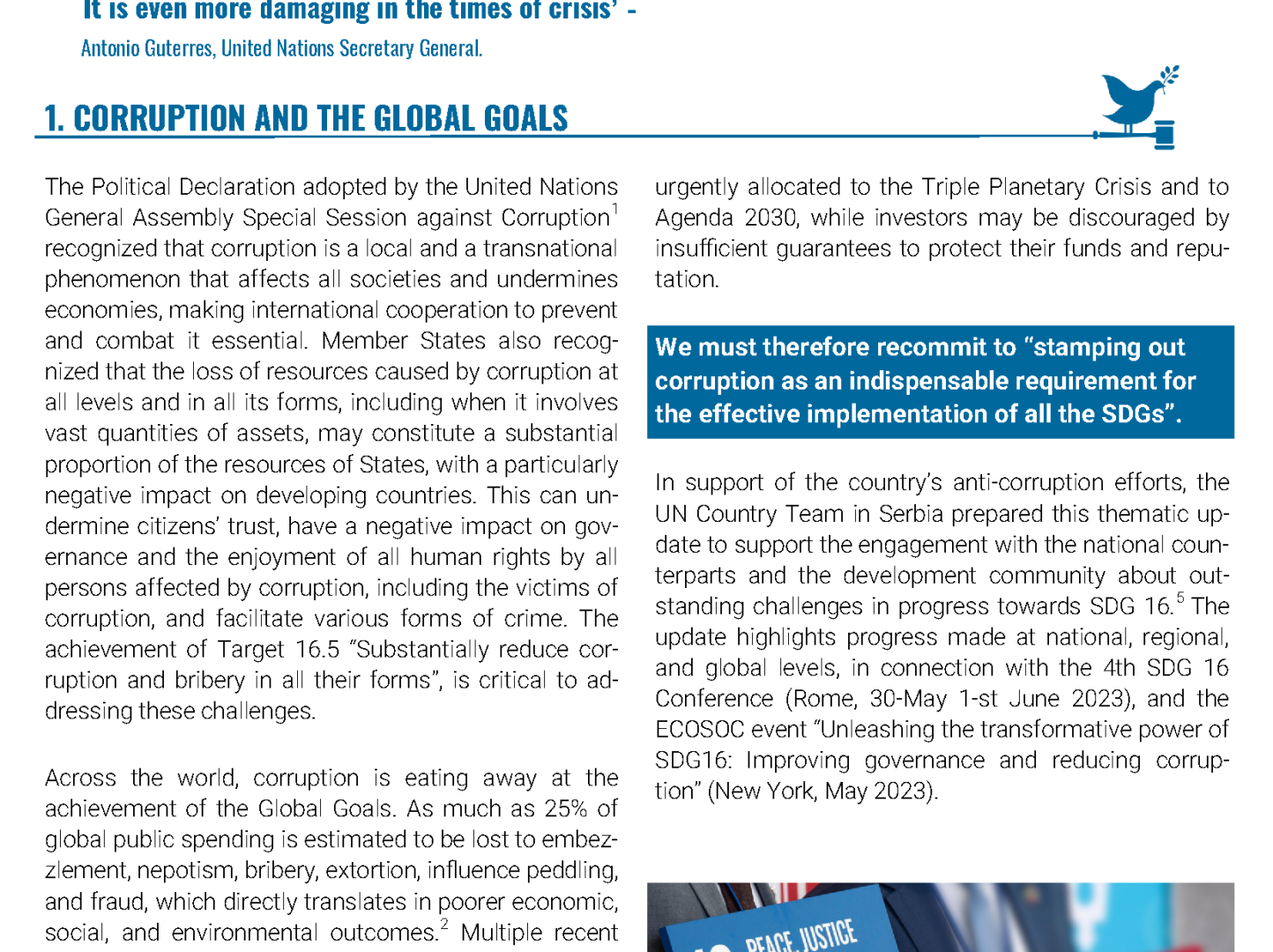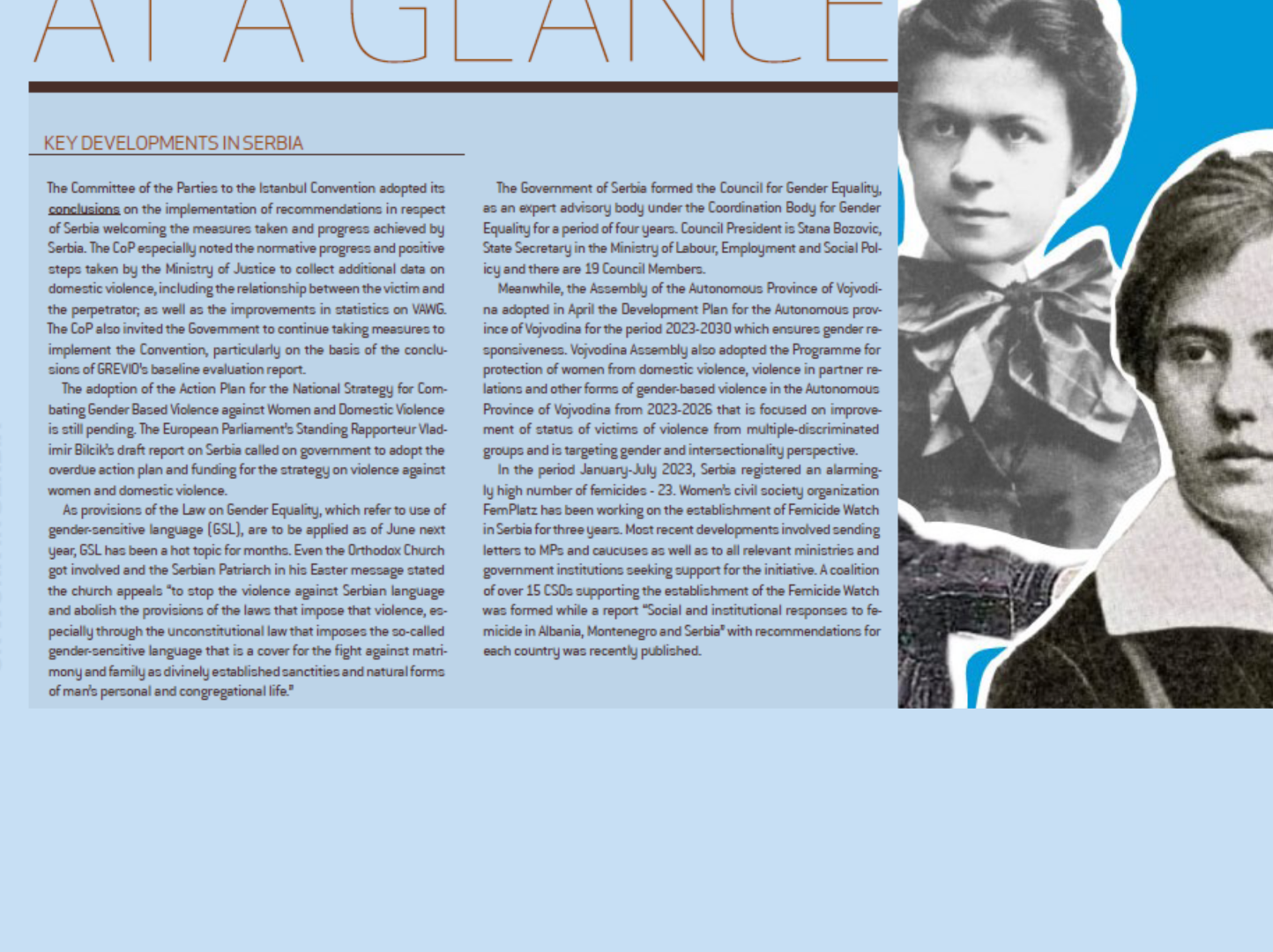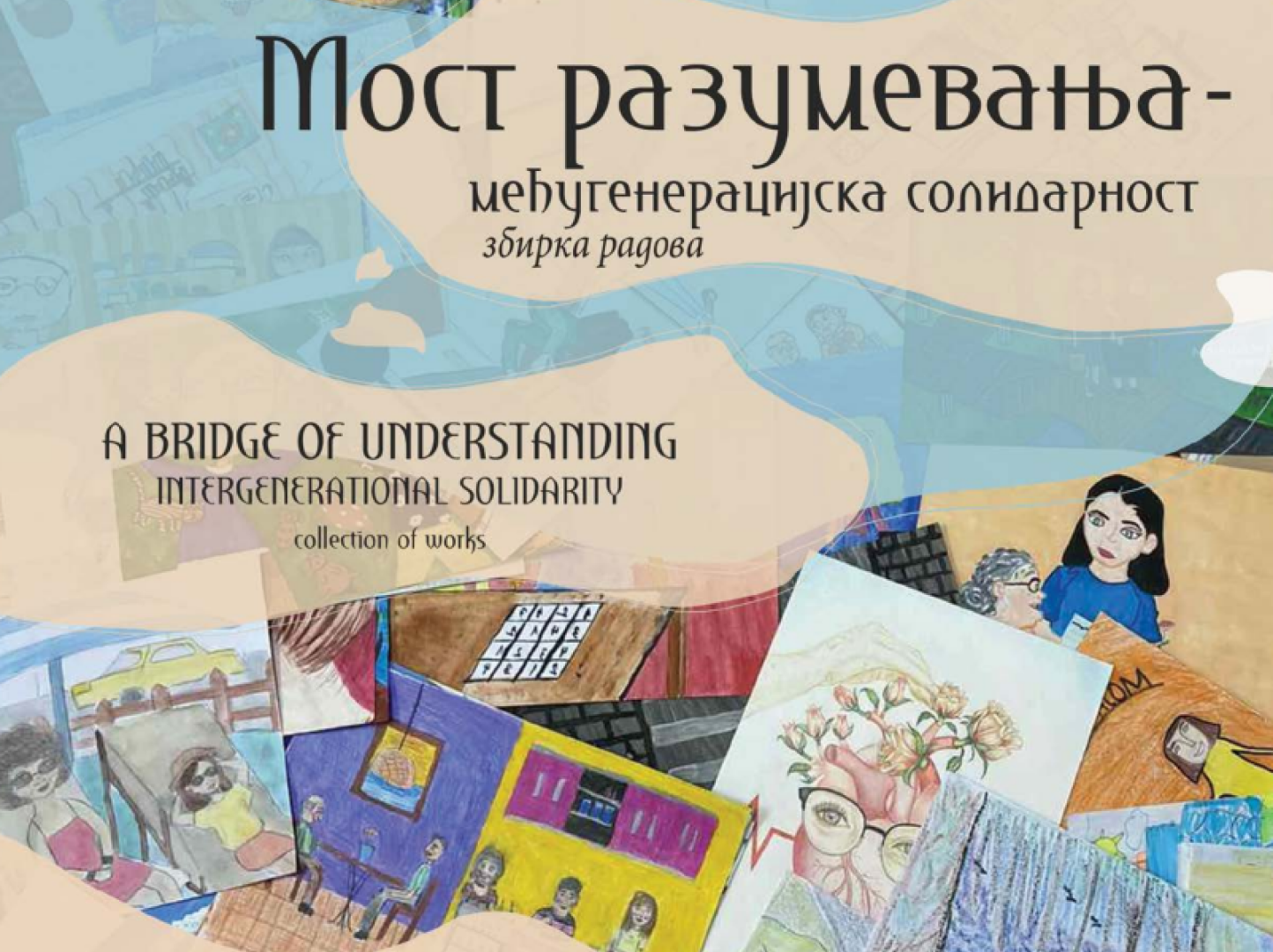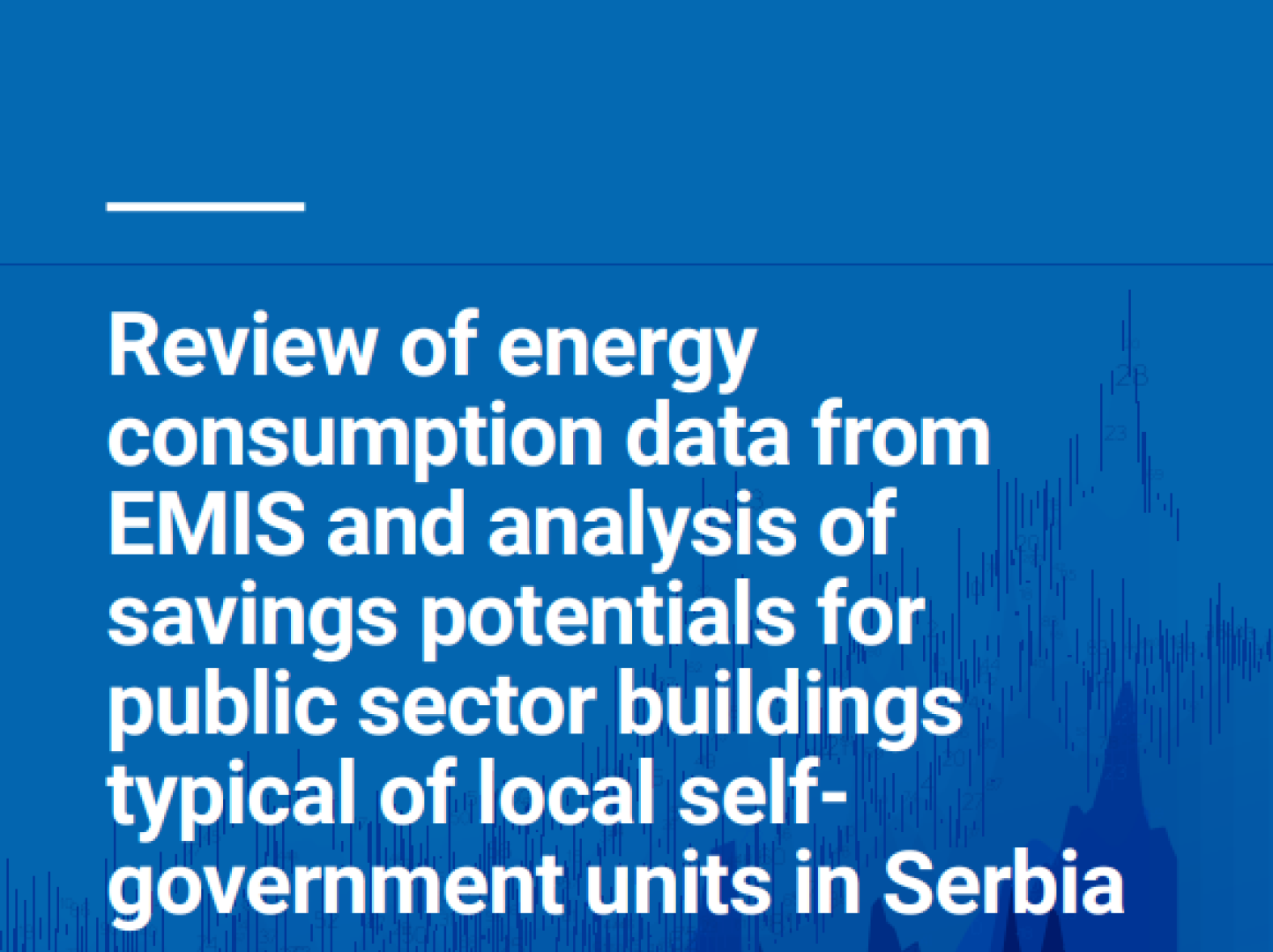Latest
Press Release
26 April 2024
FAO Technical Assistance Programme for emergency response after the 2023 floods completed
Learn more
Story
20 April 2024
In the words of Petar Nešković: Dedication of young people around our podcast is most inspiring
Learn more
Story
18 April 2024
United Nations in Serbia launches 2023 Annual Results Report
Learn more
Latest
The Sustainable Development Goals in Serbia
The Sustainable Development Goals are a global call to action to end poverty, protect the earth’s environment and climate, and ensure that people everywhere can enjoy peace and prosperity. These are the goals the UN is working on in Serbia:
Story
18 April 2024
United Nations in Serbia launches 2023 Annual Results Report
Belgrade, 18 April 2024 - The United Nations has launched its 2023 Results Report, demonstrating significant advancements accomplished in partnership with the Government of Serbia. This collective effort, comprised of 20 UN agencies, funds and programmes, is centered around accelerating the Sustainable Development Goals within 3 strategic areas: green transformation, human capital development, and fortification of the Rule of Law and Human Rights agenda. Adhering to the overarching UN principle of 'Leave no One Behind,' the UN agencies, funds, and programmes in Serbia have contributed over USD 80 million over the past year.UN focused on supporting strategies to reduce energy intensity and emissions and increase the country’s renewable energy, including energy efficiency, energy poverty, air pollution and the economy transformation. These strategies also considered the just transition of the economy, advocating for fairness and social justice in the shift towards a low-carbon economy. The implementation of these actions has resulted in remarkable outcomes: public buildings now use 30% less energy and have 20% lower CO2 emissions; 60 business solutions worth $30 million have been launched to improve energy efficiency, increase renewable energy, and decrease energy poverty; 31 Local Self Governments have laid the foundational strategies for sustainable urban development. Furthermore, by supporting over 600 Small and Medium-sized Enterprises in digitalization, finance, and the green & circular economy, 270 new jobs have been created.The UN continued to promote universal access to quality health services and strengthen the resilience of the public health system to shocks and crises, including through an enhanced e-Health agenda. Access to social protection services to those left further behind, including Roma, disadvantaged women, young people leaving supervised care, persons with disabilities, and older persons has been extended. The process of making education more inclusive—including for migrants and refugees—gathered pace, in partnership with LSGs, teachers and advisory bodies. Over the course of the year, 35,000 children and caregivers benefited from innovative early childhood services; over 300 families on the brink of poverty found new homes, while a voluntary surrender campaign was able to collect more than 82,000 firearms merely one month after tragic events from May 2023. Free medical, legal and psychological counseling services were provided to 7,000 women; while support was extended to women and girls from six Roma settlements across Belgrade in health literacy and women with disabilities, enabling them to advocate for their own sexual and reproductive health and rights.The UN supported Serbia in aligning with international human rights and gender equality standards through harmonization with international commitments in a year-long HR campaign to commemorate the 75th anniversary of the Universal Declaration of Human Rights. Other areas of support prioritized the of anticorruption and anti-trafficking measures. Efforts to enhance governance systems at the local level were boosted, with increased capacity for gender- and child-responsive budgeting, and supporting people-centred digital transformation. The UN continued to extend protection to migrants and refugees through policy development and legal assistance, including the identification of close to 800 individuals at risk of statelessness across informal settlements as part of the #IBelong campaign. A national initiative on inheritance rights reached over 3 million people, while a national immunisation campaign informed 1 million people at risk. Intercommunal trust, understanding, and respect for diversity increased notably among 500 youths. Through the dedicated collaboration and ongoing commitment of the United Nations in coordination with the Government of Serbia, the country is making substantial strides towards a sustainable and just future. The road ahead is undoubtedly challenging, yet brimming with opportunities and hope for the citizens of Serbia. It is imperative that no one is left behind, as we navigate the journey towards advancement and growth, as country navigates the journey towards advancement and growth.
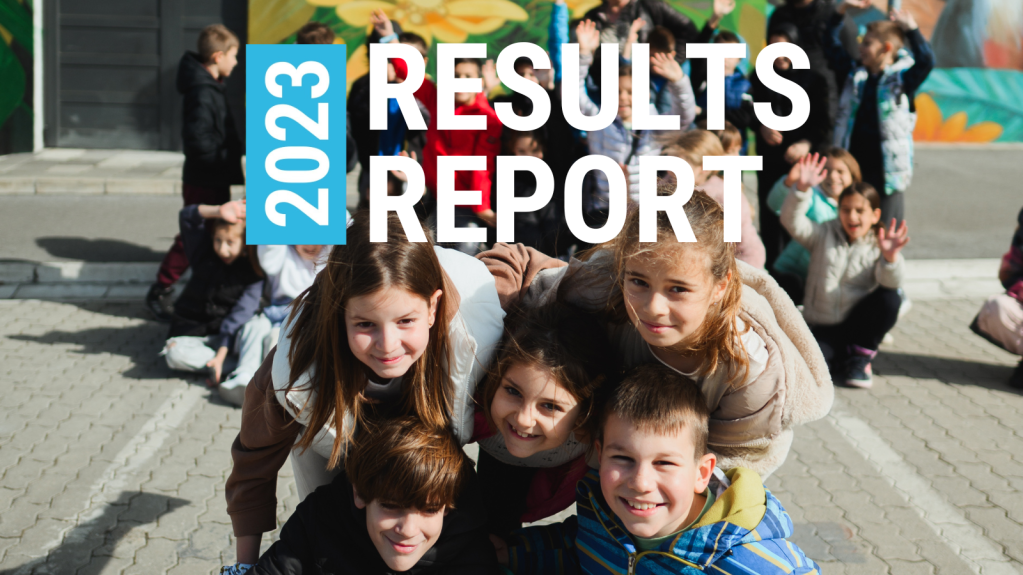
Story
22 April 2024
In the words of Petar Nešković: Dedication of young people around our podcast is most inspiring
Petar Nešković (27) is the coordinator of the Youth Office in Bajina Basta municipality, Western Serbia, where he initiated over 100 different actions for the local community and participated in over 20 youth sector projects. Within the project "Peer Mentoring Program for the Promotion of Human Rights, Gender Equality and the Enhancement of Youth Participation in Serbia“, implemented by UN Women and UNFPA in Serbia, Neskovic and his fellow colleagues at Youth Office of Bajina Basta have created a podcast entitled Baš Naš (in English: Truly Ours) aimed to aimplify voices of young women and men in the municipality with special focus on gender issues. The aim of the Youth Office's work is to improve the position of young people in Bajina Bašta. Following the National Youth Strategy in the Republic of Serbia, we decided to tailor our activities to be aligned with the Strategy. Following some research and focus groups conducted with young people in the local community in 2023, we decided to focus on the field of informing young people which turned out to be quite poor. As traditional media are neither suitable nor interesting to younger audience, we decided to establish a portal the Bajina Bašta info corner for young people, within which we will record the Baš Naš podcast. When selecting topics for the podacst, we also follow the goals of the Youth Strategy, as well as current youth-related news. Additionally, we consult with young people who can suggest guests or topics they would like us to cover at any given time. When selecting guests, we ensure that they are young experts in the field we are addressing and that they are local residents, primarily to maintain the podcast's local informative character. So, the biggest challenge is definitely selecting the right guest - someone who is knowledgeable, from the local community, young, and willing to present the topic to young people in the most suitable way.The main goal of the podcast is to inform young people about topics that are not adequately presented in traditional media but also to promote the local community and young people who are successful locally. I would like young people to follow the good examples set by the podcast's guests and to become interested in topics that are actually useful and serious, unlike 90% of the content that is presented to them otherwise.Undoubtedly, the most inspiring aspect is the dedication of young people who have developed the entire concept of the podcast, who are preparing all episodes, including guests, topics, and recording. It is noteworthy that these are young activists who think about their community in a way that is not so common nowadays, and I am confident that they will have successful careers. What I hope for is that they will spend it in our local community - Bajina Bašta.In five years time, I would like the podcast to become a media outlet that will be part of the daily lives of all young people in Bajina Bašta, and that it will be managed at an even higher level exclusively by local young people.This initiative was implemented as part of the project "Peer Mentoring Program for the Promotion of Human Rights, Gender Equality and the Enhancement of Youth Participation in Serbia", supported by the Ministry of Foreign Affairs and International Cooperation of the Republic of Italy, jointly implemented by UN Women and UNFPA Serbia in cooperation with the Ministry of Tourism and Youth of the Republic of Serbia.
1 of 5
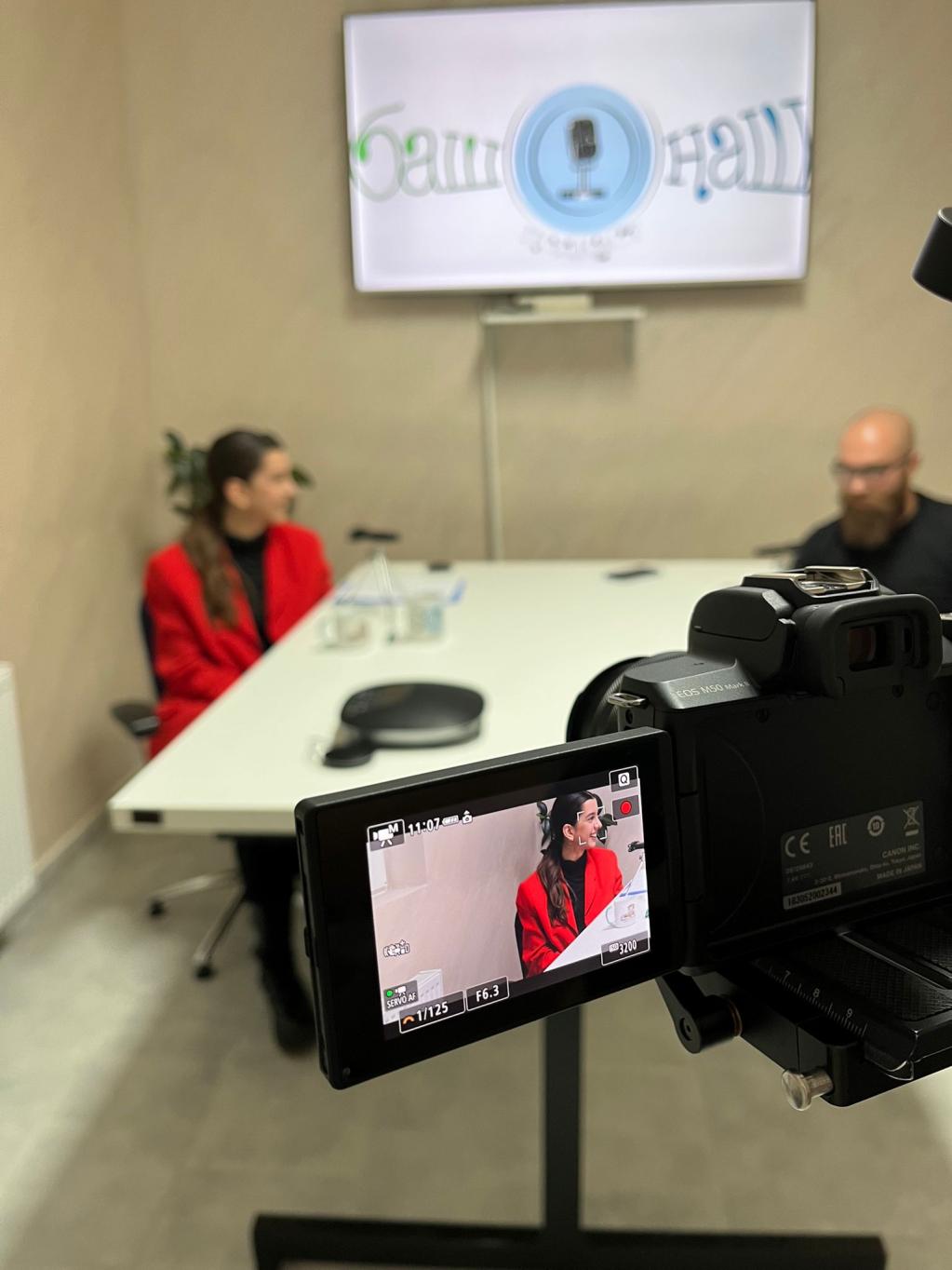
Story
28 March 2024
World squanders over 1 billion meals a day
Households across all continents wasted over 1 billion meals a day in 2022, while 783 million people were affected by hunger and a third of humanity faced food insecurity.Food waste continues to hurt the global economy and fuel climate change, nature loss, and pollution. These are the key findings of a UN Environment Programme (UNEP) report published today, ahead of the International Day of Zero Waste. 132 kilos per capitaIn 2022 there were 1.05 billion tonnes of food waste generated (including inedible parts), amounting to 132 kilograms per capita and almost one-fifth of all food available to consumers. Out of the total food wasted in 2022, 60 per cent happened at the household level, with food services responsible for 28 per cent and retail 12 per cent.“Food waste is a global tragedy. Millions will go hungry today as food is wasted across the world,” said Inger Andersen, Executive Director of UNEP. “Not only is this a major development issue, but the impacts of such unnecessary waste are causing substantial costs to the climate and nature. The good news is we know if countries prioritise this issue, they can significantly reverse food loss and waste, reduce climate impacts and economic losses, and accelerate progress on global goals.”Up to 10% of emissionsAccording to recent data, food loss and waste generates 8-10 per cent of annual global greenhouse gas (GHG) emissions – almost 5 times that of the aviation sector – and significant biodiversity loss by taking up the equivalent of almost a third of the world’s agricultural land. The toll of both food loss and waste on the global economy is estimated at roughly USD 1 trillion.Additional links:Food Waste Index Report 2024
1 of 5
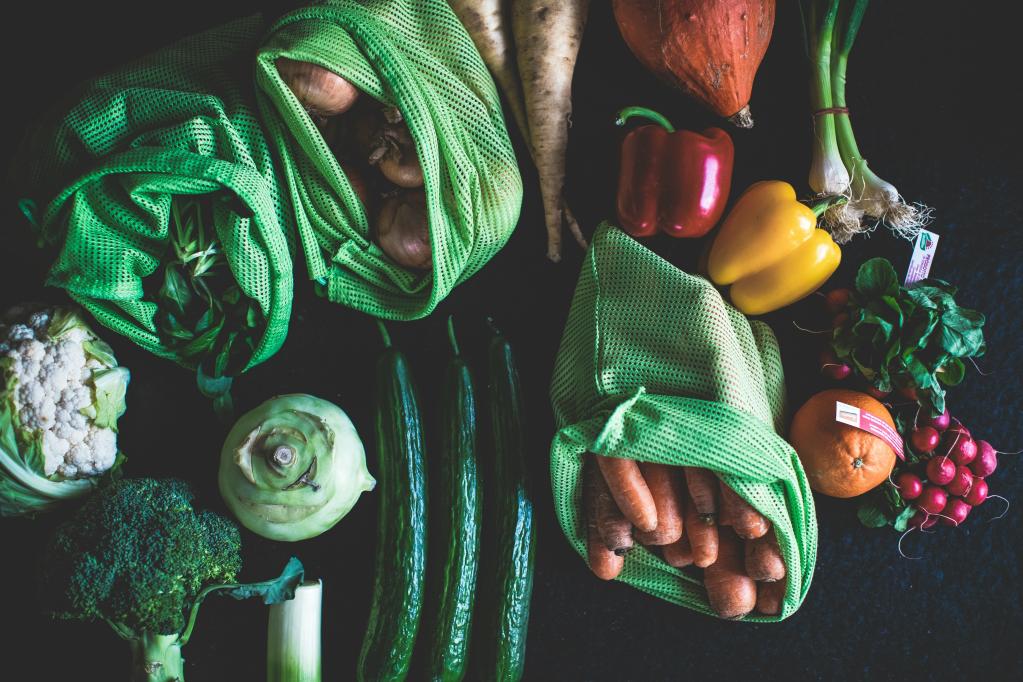
Story
22 April 2024
Study Reveals Grim Statistics on Women’s Rights in Serbia
Although Serbia adopted important laws and policies in the field of gender equality, key mechanisms for their implementation are still missing thus keeping women underrepresented in almost all areas of life, concludes new study on women’s rights in the country developed with the support of UN Women.Every two weeks one woman in Serbia is killed in her own home and by her partner; men earn 14.4 per cent more than women on average; every third adolescent girl from Roma settlements is pregnant or already has children; and there is only one gynecologist for every 5,812 women.These are only few of many grim findings of the study on women's rights in Serbia entitled Prenerazena (in English: Shocked) which was published and presented to the public on 19 March by women’s civil society organisation Femplatz. The study, which was developed with the support of UN Women in Serbia within the EU-funded Gender Equality Facility programme, analyses the situation of women in the country in 2023 in many different areas: from education and work to violence and health.Opening the conference, Biljana Janjic, executive director of Femplatz, said that the study will make everyone feel discouraged as there was no progress detected in the past five years except some legislation changes. "We can say that adoption of few laws tackling gender equality and women's rights is a step forward, but this failed to bring any substantial changes on the ground when it comes to the situation of women in our country," stressed Biljana. She continued saying that even stagnation which was detected in various areas of life can lead to and be interpreted as regression "especially in the light of backlash against women's rights we are witnessing".The special focus of this study was on rural women who are often facing the risk of multiple discrimination. According to Kosana Beker, programme director of Femplatz, there was limited data or research available on rural women and they thus had to rely on their work in the field and conduct focus groups. The situation of rural women in the country was perhaps best described by one of the focus group participants: “I get up at five, go to bed at 10 in the evening for the past 20 years. I work in a small company, then I get home to work in the field, in the garden and in the kitchen (…) Male members of the family don't do anything in the kitchen and they don’t do the laundry (…) There is no Saturday or Sunday...”Nevena Marceta, programme manager with UN Women, added that rural women are denied access to numerous basic services and are facing various forms of discrimination and violence. She however noted that through many years of experience supporting and working with rural women, “we have become aware of their enormous potential, strength, and significant role in the community.” “They are the ones who started the online market in order to be able to sell their products during the Covid-19 pandemic. They are the ones who, despite the working day of 12 or more hours, find time to attend new trainings, acquire new skills such as digital ones, and run local communities in periods of crisis,” said Nevena.She added that UN Women will continue working with is partners from the Government and women’s organisations on advancement of women’s rights, with special focus on marginalized groups such as rural women.
1 of 5
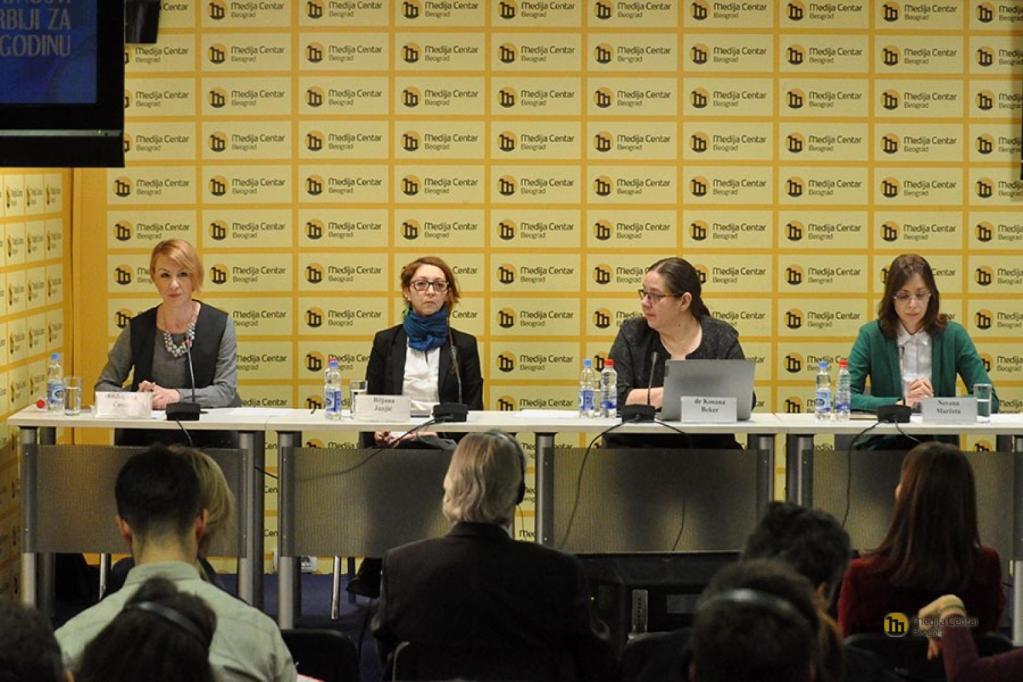
Story
11 March 2024
International Women's Day 2024: Girls can do anything
Belgrade, March 7, 2024 - On the occasion of International Women's Day, the United Nations in Serbia organized a panel discussion "What would you say to your younger self" and the play "Girls".“This year's global theme Invest in Women: Accelerate Progress faithfully reflects our mission tonight. We have gathered here today to encourage reflection and dialogue, and we are inspired to take collective action towards a world that values and invests in the potential of every woman and girl," said Mari Yamashita, Representative of the Secretary-General and Director of the United Nations Office in Belgrade, at the opening of the panel "What would you say to your younger self"."Don't pretend to be someone you're not, be honest with yourself and don't behave in a certain way just to be accepted in society. I would also tell myself not to worry too much about what other people think of me. Also, mistakes are normal and don't let them stop you from moving forward, because that's also part of growing up. And you can't always please everyone," said Kristin Melsom, Norwegian ambassador to Serbia.Alongside with her, on the panel were also participating Anke Konrad, Ambassador of Germany to Serbia, Plamena Halacheva, Deputy Ambassador of the EU Delegation to Serbia and Flor de Lis Vasquez, Deputy Ambassador of Mexico to Serbia, as well as moderator Minja Bogavac, author of the play Girls. The German ambassador, Anke, said that she would simply tell her younger self to be bold and accept challenges, as well as "to never think at the start that it is impossible to achieve what I want".The first piece of advice Halacheva would give to her younger self is to be honest with herself and not limit herself because of the expectations of others. "Those boxes we put ourselves in don't really exist, they exist only in the imagination of other people, and we spend a lot of time in our lives trying to fit into those small boxes," said stated.Flor de Lis Vasquez, Mexico's deputy ambassador, pointed out that she would tell her younger self not to be afraid of being labeled a feminist. "Because it's a word that still confuses a lot of people in Mexico." Being a feminist does not mean being radical. Being a feminist means you want gender equality for girls," she said. After the panel, the theater play "Girls" was performed, created through a creative process in which ten young women of different ages, interests and origins from all over Serbia participated. This socially engaged production, which was performed in more than 40 cities in Serbia, is the result of a months-long artistic and research process in which co-authors and performers tell their personal, authentic and true stories. They show us what it's like to be a girl and how girls struggle with challenges or not belonging.The play was produced by the Reflektor Theater, in partnership with the youth organization E8, and as part of a project implemented by the United Nations Agency for Gender Equality in Serbia (UN Women), funded by the European Union."Although the play has many elements of humor, I have to admit that during its creation we were often overwhelmed with feelings but also sad, because we realized that the moment we outgrow our pink rooms, and when we become young women, that the world around us is a narcissistic place and that the girl must be careful because everything can be taken as a provocation", said Milena Minja Bogavac, author of the play.International Women's Day was established to commemorate the 1909 demonstration of American working women in Chicago and the New York march. More than 15,000 women demanded shorter working hours, better wages and the right to vote. The initiative for that holiday was given by the German feminist Klara Zetkin, and the first Women's Day was celebrated in 1911 in Austria, Germany, Switzerland and Denmark. In 1977, the UN General Assembly declared March 8 the Day of Women's Rights and International Peace. The first celebration of Women's Day in Serbia was held in 1914.
1 of 5
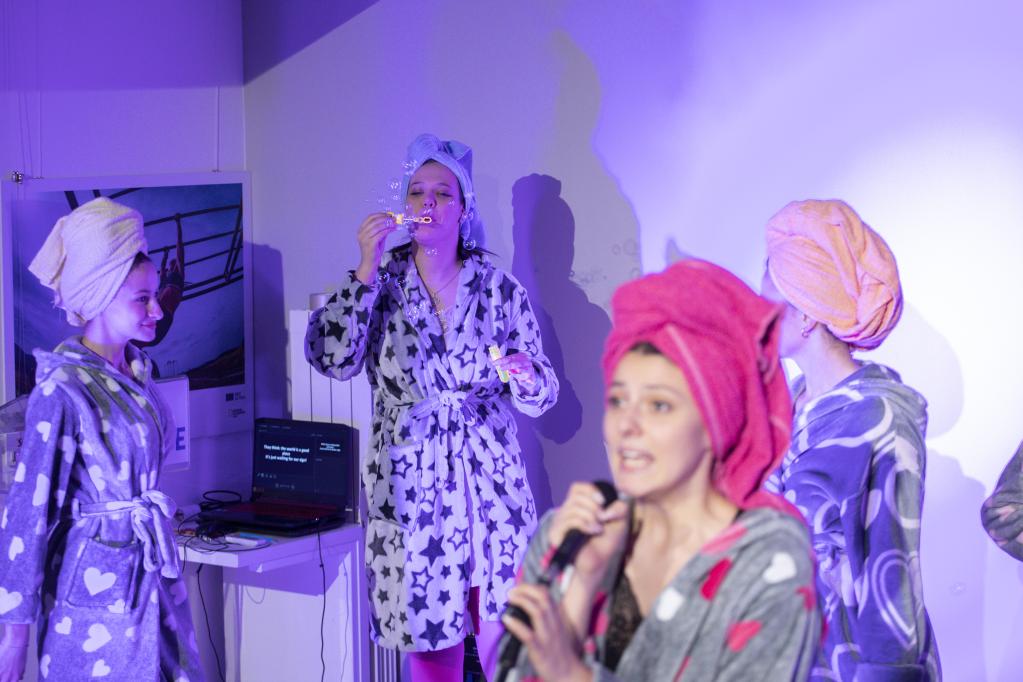
Story
02 February 2024
WHO and UNICEF: Urgent Vaccination is Necessary to Protect the Lives of Children
Belgrade, 2 February 2024 - On 31 January 2024, the National Institute of Public Health reported 4 pertussis deaths in infants in Serbia, too young to have been fully vaccinated. Health authorities also reported a total of 1,595 confirmed cases of pertussis between 1 January 2023 and 28 January 2024.
Pertussis is an infectious disease typically manifesting with exhausting cough which can affect everyone, but it is most severe in unvaccinated children under one year. About 1 in 20 unvaccinated infants who get the infection, develop a severe complication that can cause death. Adolescents and adults can get the infection too, but the clinical manifestation among them may be less severe and thus go undiagnosed and untreated, which contributes to bacteria circulation in the population.
Severe pertussis is preventable with a safe and effective vaccine that is available worldwide since 1950s and has been part of routine national immunization programmes since 1974. It is critical for all infants to get this primary series of pertussis-combined vaccine (in Serbia given as part of the pentavalent vaccine) for a total of three shots by the first 6 months of life, so they get protected when they are most vulnerable. Booster pertussis vaccine doses in the second year of life and before school entry are important to consolidate immunity and prevent the spread of pertussis in the community.
WHO and UNICEF will support public health authorities to continue strengthen disease surveillance and reach every child in Serbia, with timely and life-saving vaccines.
Vaccines save lives. Do not delay. Every dose counts.
1 of 5
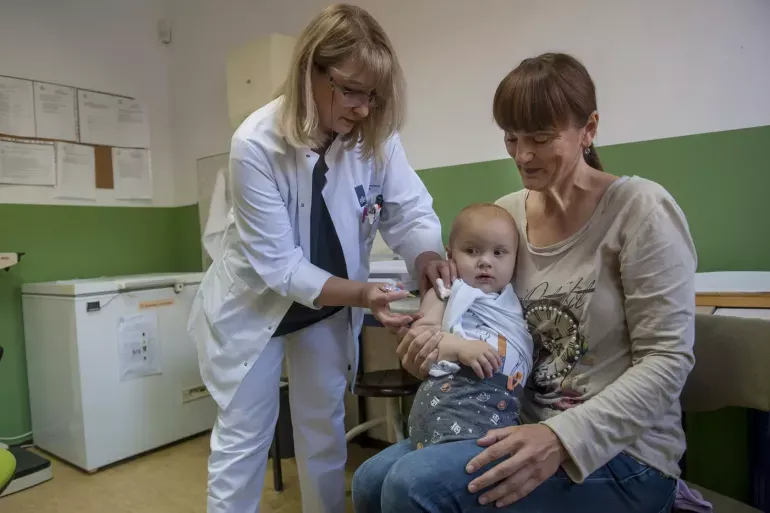
Press Release
26 April 2024
FAO Technical Assistance Programme for emergency response after the 2023 floods completed
Belgrade, April 26, 2024 – The Food and Agriculture Organization of the United Nations (FAO) and the Ministry of Agriculture, Forestry and Water Management of the Republic of Serbia announced today that the distribution of the financial support within the FAO Technical Assistance Programme for Emergency Response after floods in 2023 has been completed.Under the FAO emergency response programme and in partnership with the Ministry of Agriculture, Forestry and Water Management of the Republic of Serbia, financial support in the form of vouchers worth RSD 66 000 each, was distributed to the most vulnerable farming households that suffered damage after last year's floods. The vouchers will enable vulnerable farmers to purchase goods and inputs for agricultural production, including seeds, planting material, fertilizers, small agricultural tools and equipment, spare parts, and materials for the repair of agricultural machinery. Support was provided to farmers in Trstenik, Varvarin, Ćićevac, Kuršumlija, Brus, Ćuprija, Ražanj, Aleksinac, Doljevac and Rekovac. In these ten municipalities, 327 beneficiary households with more than 1 300 members received assistance to restore production after last year's natural disasters.Floods last year in Serbia hit hard 56 municipalities, predominantly located in central and south Serbia, causing extensive damage to both infrastructure and agricultural lands. Many smallholder farmers engaged in labour-intensive production who are particularly vulnerable to natural disasters, were directly impacted by the floods. With the aim of providing the necessary support to farmers facing difficulties, FAO, under the Technical Assistance Programme for Emergency Response and in partnership with the Ministry of Agriculture, Forestry and Water Management of the Republic of Serbia, has stepped forward to help farmers recover from flood damage.
1 of 5
Press Release
10 April 2024
New UN report calls for trillions more in development investment to rescue Sustainable Development Goals
UNITED NATIONS, 9 April 2024 – A new UN report today says financing challenges are at the heart of the world’s sustainable development crisis – as staggering debt burdens and sky-high borrowing costs prevent developing countries from responding to the confluence of crises they face. Only a massive surge of financing, and a reform of the international financial architecture can rescue the Sustainable Development Goals. The 2024 Financing for Sustainable Development Report: Financing for Development at a Crossroads (FSDR 2024) says urgent steps are needed to mobilise financing at scale to close the development financing gap, now estimated at USD 4.2 trillion annually, up from USD 2.5 trillion before the COVID-19 pandemic. Meanwhile, rising geopolitical tensions, climate disasters and a global cost-of-living crisis have hit billions of people, battering progress on healthcare, education, and other development targets. “This report is yet another proof of how far we still need to go and how fast we need to act to achieve the 2030 Agenda for Sustainable Development,” said UN Deputy Secretary-General Amina J. Mohammed. “We are truly at a crossroads and time is running out. Leaders must go beyond mere rhetoric and deliver on their promises. Without adequate financing, the 2030 targets cannot be met.” With only six years remaining to achieve the SDGs, hard-won development gains are being reversed, particularly in the poorest countries. If current trends continue, the UN estimates that almost 600 million people will continue to live in extreme poverty in 2030 and beyond, more than half of them women.“We’re experiencing a sustainable development crisis, to which inequalities, inflation, debt, conflicts and climate disasters have all contributed,” said UN Under-Secretary-General for Economic and Social Affairs Li Junhua. “Resources are needed to address this, and the money is there. Billions of dollars are lost annually from tax avoidance and evasion, and fossil fuel subsidies are in the trillions. Globally, there is no shortage of money; rather, a shortage of will and commitment.” According to the report debt burdens and rising borrowing costs are large contributors to the crisis. Estimates are that in the least developed countries debt service will be USD 40 billion annually between 2023 and 2025, up more than 50 per cent from USD 26 billion in 2022. Stronger and more frequent climate related disasters account for more than half of the debt upsurge in vulnerable countries. The poorest countries now spend 12 per cent of their revenues on interest payments -- four times more than they spent a decade ago. Roughly 40 per cent of the global population live in countries where governments spend more on interest payments than on education or health. While investment in SDG sectors had grown steadily in the early 2000s, major sources of development funding are now slowing down. For example, domestic revenue growth has stalled since 2010, especially in LDCs and other low-income countries, in part due to tax evasion and avoidance. Corporate income tax rates are falling, with global average tax rates down from 28.2 per cent in 2000 to 21.1 per cent in 2023, due to globalization and tax competition.Meanwhile, Official Development Assistance from OECD countries and climate finance commitments are not being met. While ODA increased to an all-time high in 2022, reaching USD 211 billion, from USD 185.9 billion in 2021, much of the growth came from aid to refugees living in donor countries, and the total amount is inadequate for development. Only four countries met the UN aid target of 0.7 per cent of GNI in 2022. The report concludes that the international financial system, which was set up at the 1944 Bretton Woods Conference, is no longer fit for purpose. It proposes a new coherent system that is better equipped to respond to crises, scales up investment in the SDGs especially through stronger multilateral development banks, and improves the global safety net for all countries. The report points to the UN Summit of the Future in September 2024 as a crucial opportunity to change course. It highlights the June 2025 Fourth International Conference on Financing for Development (FfD4) as the critical moment for countries to commit to closing the development financing gap and invest in achieving the SDGs. FfD4 is an opportunity for countries to: Close credibility gaps and rebuild trust in multilateralism.Close financing and investment gaps, at scale and with urgency.Reform and modernize the outdated international financial architecture and adjust international rules for trade, investment and finance.Formulate and finance new development pathways to deliver on the SDGs and ensure no one is left behind. “Without global cooperation, targeted financing, and, crucially, the political will, the world will not achieve the SDGs,” said Deputy Secretary-General Mohammed. “The clock is ticking. Between now and next year’s FfD4 Conference, we have a once-in-80-year opportunity to comprehensively reform the financial architecture, and a last chance to correct course before 2030. History will not be kind to those with the power to act who fail to do so, while the clock winds down on the planet and its people.”Read the full 2024 Financing for Sustainable Development Report: Financing for Development at a Crossroads (FSDR 2024) here.
1 of 5
Press Release
12 December 2023
Architectural Expert Emphasizes the Need for Women's Safety in Urban Planning
Who were these workshops intended for and what was discussed?
Workshops were differently tailored for spectrum of multidisciplinary professionals and experts - decision makers on national level, local authorities, urban companies, public communal companies and services that take care of the use and maintenance of space, police forces, faculties and NGOs. Architects, urban planners, spatial planners, landscape architects, traffic engineers and security experts made up the majority of the audience. The workshops included theoretical introduction to the topic of safety, looking at space from a "women's angle", practical exercises and creating a set of ideas that can make open public spaces in cities safer for women and girls, as well as public debate about the obstacles in our legal framework that are making harder the implementation of these measures in urban planning.
What are the biggest challenges when it comes to urban planning and women's safety?
The main challenge is certainly to introduce the topic of gender sensitive attitude and women’s safety into the list of mandatory conditions that an urban space must fulfill. Our goal was first to point out the problem and the different experiences and perspectives that women and men have of the living environment. Traditionally, the house was a space mainly used by women, while public spaces were more of a male domain. But things have changed a long time ago. In our culture we have conquered public spaces since women of all ages are active, they go to school and work, go out for fun, go shopping, they look after children in parks, use public transport, commute and hang out outdoors. If women feel safe and comfortable in all spaces at all times, others will too. That's why urban planning, focused on public safety and well-being of all citizens, must include the issue of women's safety.
What are the characteristics public spaces that are unsafe for women and girls?
Neglected, unmaintained, unsightly, isolated or dark public spaces are characterized as unsafe and their appearance provides an opportunity for violent acts to happen. Such spaces could be or are used for various criminal activities and security threats. If we know that something like that happened or there is a chance to happen, we will create a mental map that eliminates certain space or path from our direction of movement and that leads to limited mobility. Finally, because of the surroundings, we are forced to restrict our stay in the open space, to adapt to the circumstances and to depend on others.
How can we make public spaces safer for women and girls?
Vibrant spaces, pleasant and inspiring for staying outdoors are the key to success. They must be clean, tidy and undamaged. The use of surveillance cameras or increased patrolling is an example of a measure with a limited and not always positive effect. Instead, we suggest spontaneous "neighborly" monitoring of space, limited height of the structures, orientation of living spaces and others that are in frequent use towards open spaces, urban furniture that is resistant to vandalism, artistic design of exterior elements, appropriate greening, adequate night lighting, good and adaptable network of the public transportation and similar preventive measures. The spectrum of possible architectural and technical intervention is really wide and diverse.
The final result of workshops and whole project, but also kick off for future actions is the “Roadmap for Implementing Urban Safety Measures in Urban Planning Process”. What does it contain and why is it important?
It is a proposal for public policy making and is intended primarily for decision-makers. The roadmap contains recommendations, assesses and evaluates the possible effects, proposes amendments to the existing legal framework and gives suggestions for improving the methodology of drafting plans. The aim is to help formulate and implement an appropriate public policy for safer urban spaces, in line with other acts and laws relevant to this topic. We created it as a set of steps or alternative paths that allows us to get faster to the main goal. Some of the steps that we propose are broader education, formation of the knowledge base, making of the Manual for architects and urban planners, improvement of public policy including data collection and citizens’ participation.
Could you list some of the most important proposals for the amendment of legal acts?
We concentrated on the Law on Planning and Construction, which is the most important for our profession. First of all, new terms such as ‘’urban safety’’ and ‘’gender sensitive space” should be included in it. Moreover, it should be pointed out that the topic of unhindered movement and access should be applied not only to persons with disabilities, children and the elderly, but also to women. Other legal document, The Rulebook on the Content, Method and Procedure of Creating Spatial and Urban Planning Documents prescribes the content of the plans in more detailed way. We think that it is important to have data on number and structure (gender, age, etc.) of residents in the area of planning to make spaces that will be adequate for all citizens living there.
In what way was UN Women support helpful?
There must always be someone to make the first step, to pull and push others towards the goal, to have a vision of a different and better society. We are very grateful to UN Women for starting the initiative in which we gladly participated, gave our best and shared our knowledge. It must be constantly repeated that the question of women's safety does not exclude anyone, it actually benefits everyone. Every proposed measure is reviewed precisely in this sense. We sincerely believe in this project and are additionally filled with optimism since we saw the positive reactions of the participants at the workshops and their desire to act immediately towards changes.
1 of 5
Press Release
12 December 2023
Migration, Environment and Climate Change (MECC) nexus in the context of Serbia
This is due to the fact that human mobility is expected to scale up as intense weather-related events become more frequent and affect livelihoods. Also, migration is being increasingly acknowledged as an effective and viable adaptation strategy in the face of environmental and climate change.
There is no legally agreed upon definition of environmental migrants and migration. The one put forward by IOM is as follows: Environmental migrants are persons or groups of persons who, for compelling reasons of sudden or progressive changes in the environment that adversely affect their lives or living conditions, are obliged to leave their homes or choose to do so, either temporarily or permanently, and who move either within their country or abroad.
As outlined in the 2022 Report of the Sixth Assessment of the Intergovernmental Panel on Climate Change (IPCC) “increasing adaptive capacities minimises the negative impacts of climate-related displacement and involuntary migration for migrants and sending and receiving areas. This improves the degree of choice under which migration decisions are made, ensuring safe and orderly movements of people within and between countries.”
Being a signatory of relevant international treaties, Serbia has confirmed its commitment to contributing to global efforts against climate change and made considerable efforts in fulfilling its responsibilities and achieving the set goals. However, the connection between climate change, environment, and human mobility in the context of Serbia remains yet to be explored. To investigate this connection in the context of Serbia and ensure that the national stakeholders have improved understanding of this issue, IOM Serbia has developed a pilot project supported by the IOM Development Fund (IDF).
Within this initiative, IOM Serbia will bring together relevant sectoral representatives and academia in a capacity building training in Belgrade, laying the foundations of a fruitful discussion on human mobility types in the context of environmental and climate change relevant in Serbia, and exchange of relevant knowledge and expertise. Disaster displacement, evacuation, labour migration, migrants in vulnerable situations in transit are some of the mobility pathways to be discussed during the training, with particular concern for vulnerability of affected populations, communities, and the overall society.
Further action in this regard will be made as such efforts contribute to scaling up climate change adaptation, further enabling empowered and informed decisions on human mobility by individuals, communities, and governments.
1 of 5
Press Release
29 November 2023
UN Serbia and Government Reflect on the Third Year of Successful Collaboration for Sustainable Development Under Current Strategy
The joint effort focuses on three strategic areas: green transformation, human capital, and the Human Rights/Gender and the Rule of Law agenda. The total value of the cooperation is estimated at €320 million over a five-year period, with an increase to €85 million in 2023, mainly driven by the emphasis on the green agenda. As of the end of September, over 70%of this budget has been utilized, and full annual budget delivery is expected by the end of the year.
Francoise Jacob, United Nations Resident Coordinator in Serbia, stated, “The United Nations team in Serbia brings a wealth of knowledge, norms, values, and standards from across our global institution in the areas of social, environmental, and economic development. Each step we take towards building a better future for all is a step away from conflict, suffering, and loss. Together with our national counterparts, we will continue to advance the realization of Agenda 2030 with a people-centered approach to development. We aim to promote values of solidarity, unity, equity, and to accelerate fundamental transformations in our economic and social models.”
She highlighted that the concerted efforts made in 2023 promoted an integrated approach to the multifaceted challenges Serbia is facing.
Serbia’s Minister of European Integration Tanja Miščević expressed gratitude to the UN team for bolstering the citizens of Serbia towards sustainable prosperity. Miščević praised UN's work in pushing forward on critical transformations, especially in challenging times of geopolitical conflicts and pandemic strife. She added, "We are deeply convinced that a well-planned recovery can support Serbia's path towards achieving sustainable development goals by 2030."
Marina Ivanović, Chief of the United Nations Department in the Ministry of Foreign Affairs, expressed her appreciation for the efforts in implementing the SDGs by 2030, saying, "Given the significance of the Agenda's objectives and the efforts made for their realization, Serbia, as part of preparations for the Sustainable Development Summit, has adopted binding areas that will be the focus of the Serbian Government's activities in the upcoming period. These include activities on youth, education, science, agriculture, energy, health, as well as combating climate change."
All parties agreed that well-coordinated collaboration and integrated multi-sectoral strategies were needed in reaching the common goals. The UN Serbia team is committed to advancing Agenda 2030 with a people-centered approach and promoting values of solidarity, unity, and equity.
The steering committee meeting was a testament to the successful collaboration between the UN and Serbia in developing and implementing sustainable solutions that have positively impacted multiple sectors within the country; a trend that is set to continue into 2024.
1 of 5
Latest Resources
1 / 11
Resources
31 October 2023
Resources
31 October 2023
1 / 11

